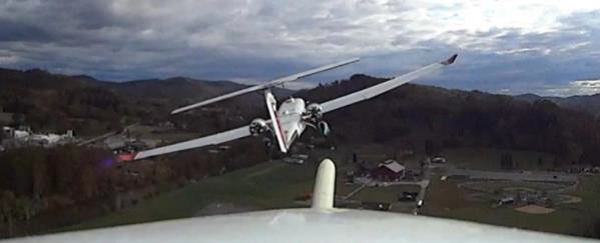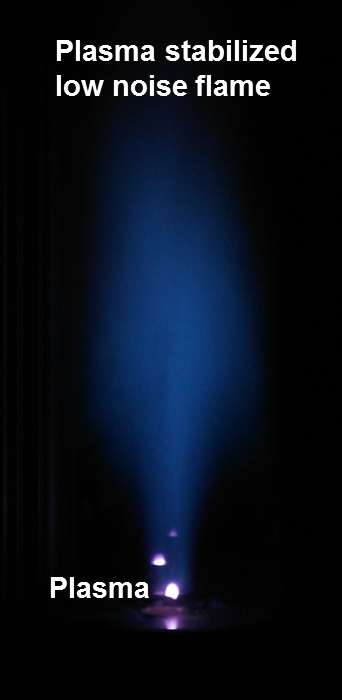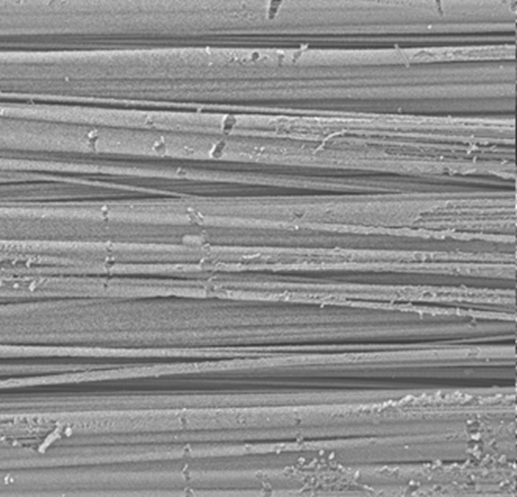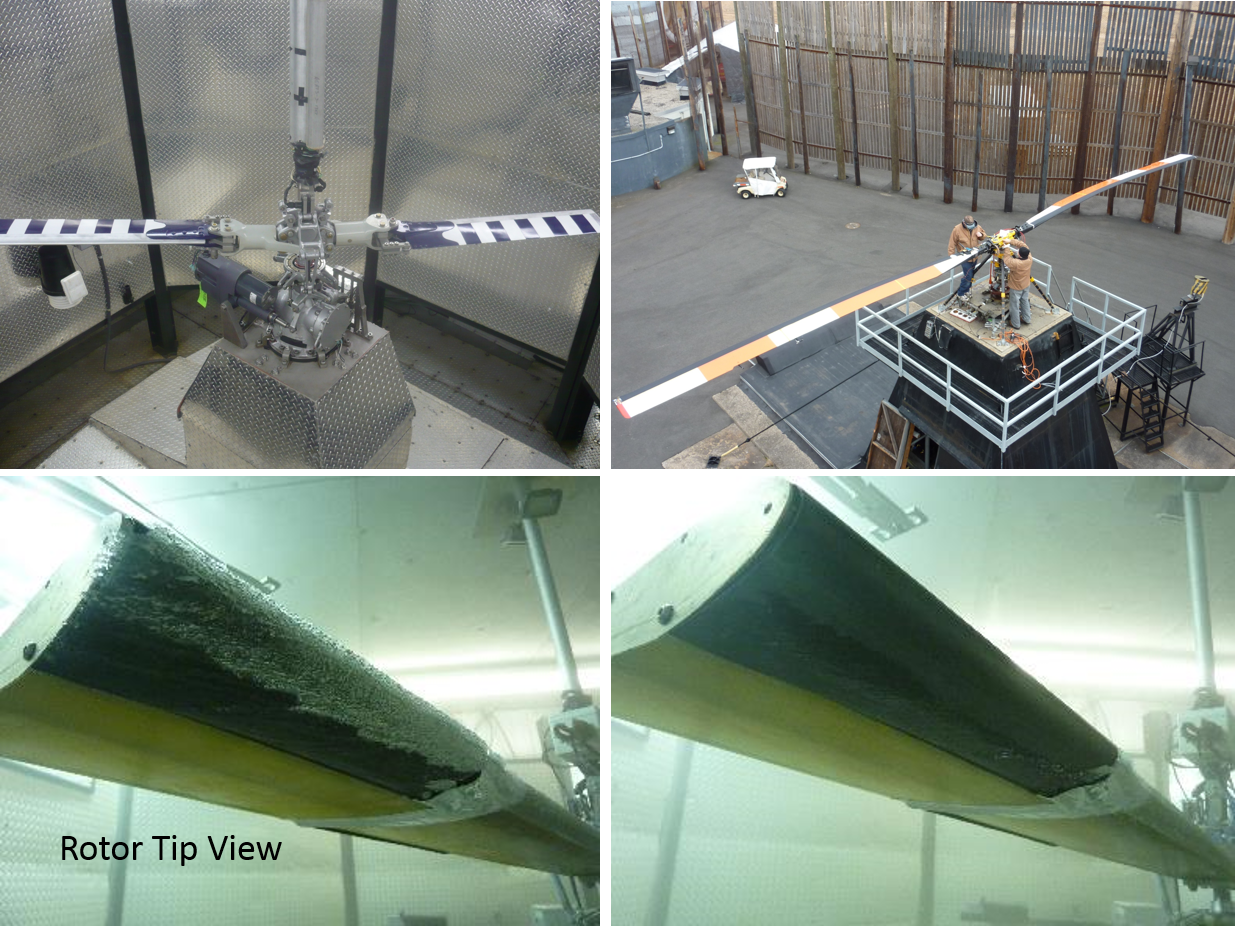
Taking a cue from the birds, can airliners fly in formation at cruising altitude to save fuel?
Maybe.
The team behind that novel idea is one of five external organizations getting money from NASA because their ideas have already shown great promise, but still need additional study before they can be successfully used by the aviation industry.
Each team will receive some half-million dollars from the agency’s Leading Edge Aeronautics Research for NASA (LEARN) project, which is designed to encourage innovators from outside NASA to further develop their early stage concepts.
“Our focus is on supporting some of the people who are really doing ‘outside the box’ thinking aimed at solving some of our toughest aeronautical challenges for the future,” said Koushik Datta, NASA’s LEARN project manager.
The LEARN project is similar to NASA’s Convergent Aeronautics Solutions (CAS) project, which recently selected six NASA teams to pursue their own innovative ideas in aviation.
“The difference is that while the CAS effort is internal to NASA, LEARN is funding research to be done by teams external to NASA,” Datta said.
Surfing the Skies

Is it possible that airplanes flying in formation can save fuel? Studies have estimated that geese flying in a “V” formation save up to 14% in energy, so why not aircraft as well?
A team of researchers from West Virginia University and the University of Kansas will experiment with Unmanned Aerial Vehicles (UAVs) flying in close formation to characterize the three-dimensional wind profile and resulting turbulence between them.
Led by Yu Gu, an Assistant Professor at West Virginia University, the team also will examine if it’s possible to avoid or suppress some of the turbulence through autonomous control methods programmed into the UAVs.
Yu hopes this technology can be transitioned in the near future to aircraft of different sizes, including airliners, for fuel savings during cruise. Meanwhile, takeoffs and landings in formation are not on Yu’s radar for future research – yet.
Using Plasma to Improve Jet Engine Performance

Deep in the heart of a jet engine is the combustor, a chamber in which compressed air and fuel is ignited to create the hot gases that help propel an aircraft. Finding ways for the combustor to use less fuel and do the same job is an ongoing challenge.
A team from United Technologies Research Center led by senior research scientist Wookyung Kim is exploring an idea that will do just that. The thought is to inject a stream of plasma (ionized gas) into the combustor, which will help sustain combustion using less fuel.
Tests in a laboratory have shown promise at reducing combustor dynamics – a balance of stable combustion, stable flame, sound noise level, and low pressure oscillations – by more than ten-fold.
Reduced combustor dynamics using plasma can lead to more compact and less complex jet engines that would weigh less, use less fuel, reduce emissions and generate less noise. But a lot of work still needs to be done before the concept is ready to be included in future generations of engine designs.
Growing Carbon Fabric for Aircraft Structures

At one billionth of a meter in size, carbon nanotubes (CNTs) are so small you’d need a microscope to see them. But grow enough of them on carbon fabrics and you might be able to use them in building future aircraft that weigh less while being much stronger.
A team from the University of Alabama at Tuscaloosa, Auburn University, North Carolina State University and NASA, led by Jialai Wang from Tuscaloosa, have come up with a novel engineering technique to grow CNTs.
The technique is to irradiate carbon fabrics with microwave energy at room temperature, a process that uses simple equipment and only takes 15 to 30 seconds. Now the team will work to scale up the energy-efficient and cost-effective process.
Having already demonstrated their concept in the first phase of a previous NASA-funded study, the team is now focused on creating a manufacturing process that will produce material for building a more reliable composite engine fan blade. Later they hope to show the material can be used in building full-scale aircraft structures.
Turboelectric Distributed Propulsion Aircraft Put to the Test
Nothing would save fuel and reduce emissions in flight more than to use electrically driven propulsion on future aircraft designs. Early concepts look promising but its use on a jumbo-jet-sized airliner remains elusive and far off in the future.
A team from Rolling Hills Research Corporation, led by chief aerodynamicist Michael Kerho, is designing a small testbed aircraft to assess the aerodynamics, propulsion, and systems vital to the success of Turboelectric Distributed Propulsion (TeDP).
As a first step, the team earlier selected a NASA TG-14A motor glider for conversion to an electric aircraft testbed equipped with 18 commercially available electric fan engines. A representative wing section of the modified motor glider was tested in a wind tunnel at the University of Illinois and results were very positive, comparing well with computer model simulations.
Now the team is focused on a more detailed design, and on testing the interactions of the individual fan thrusts of a multi-fan system, the resulting air flow over the wings, and the corresponding lift and drag provided by TeDP.
How to Survive Rotorcraft Icing

Icing is hazardous enough for fixed wing aircraft, but when the blades of a helicopter ice up things can turn deadly in a hurry. Larger rotorcraft can accommodate power-hungry heat systems to allow flight in icing conditions, leaving few options for smaller vehicles.
But now a team from Pennsylvania State University, Invercon LLC, Kaman Aerospace Corporation and Bell Helicopters are developing a low-weight, centrifugally powered pneumatic deicing system for helicopter rotor blades.
Should a blade start accreting ice, centrifugal forces will slightly deform the metallic leading edge that runs the length of the blade, breaking up the ice and shedding it in thin layers in a controlled fashion to avoid debris-related hazards.
Led by Jose Palacios of Penn State, the team recently tested a small-scale version of the pneumatic deicing system in the Penn State Adverse Environment Rotor Test Stand facility.
In addition, a modified 24-foot radius rotor blade was fitted with the pneumatic deicing system and underwent a very successful rotor-ice full-scale test using a portable ice cloud generator at the Kaman Whirl Tower facility located in Bloomfield, Connecticut.
Still ahead, there are plans to design, build and test a specialized blade to accommodate the de-icing system. The focus will be on its robustness, survivability, aerodynamic performance, and ice protection capabilities.
The proposed deicing approach could be a true enabling technology that would allow small size helicopters to operate in known icing conditions, expanding the safe flight envelope of many rotorcraft vehicles.































